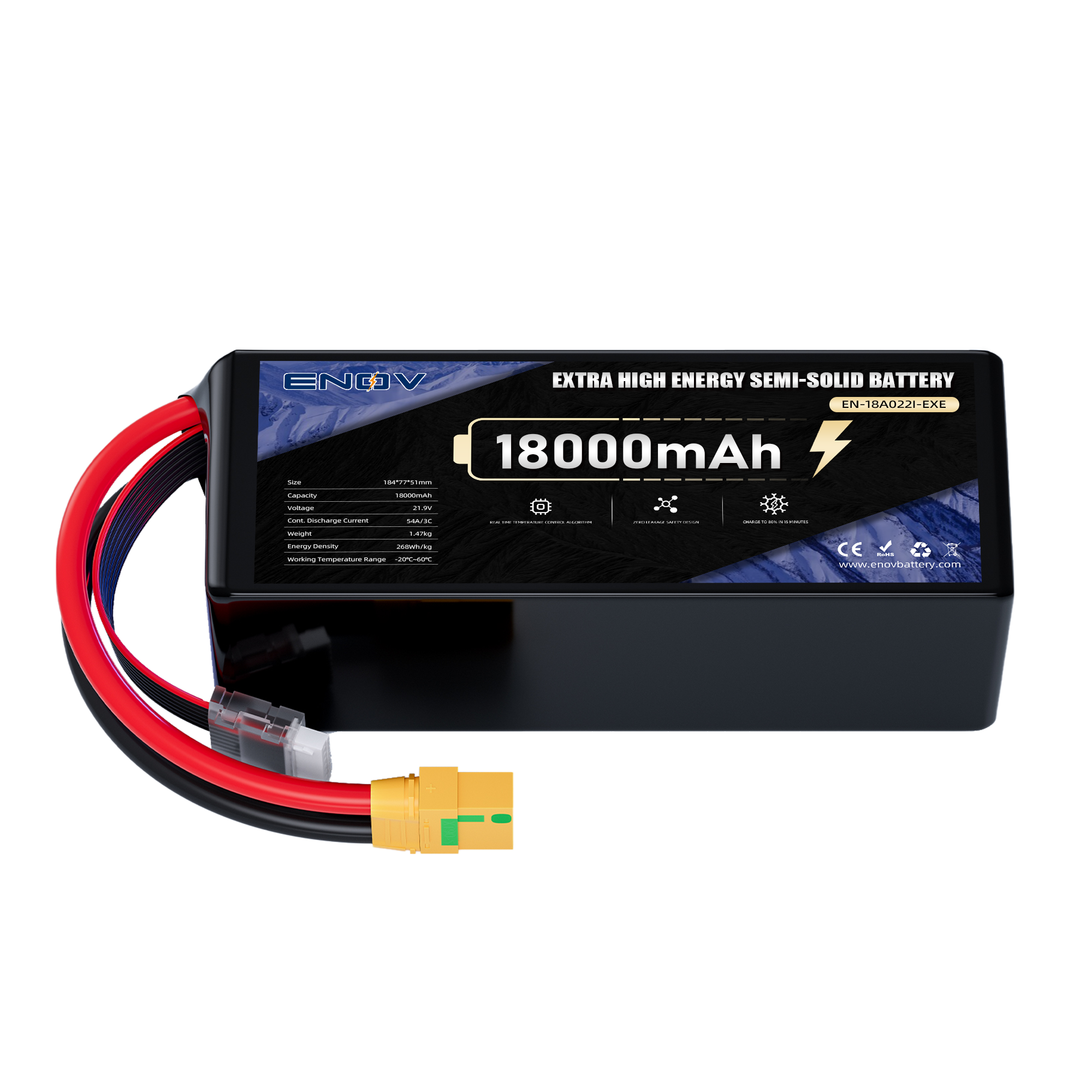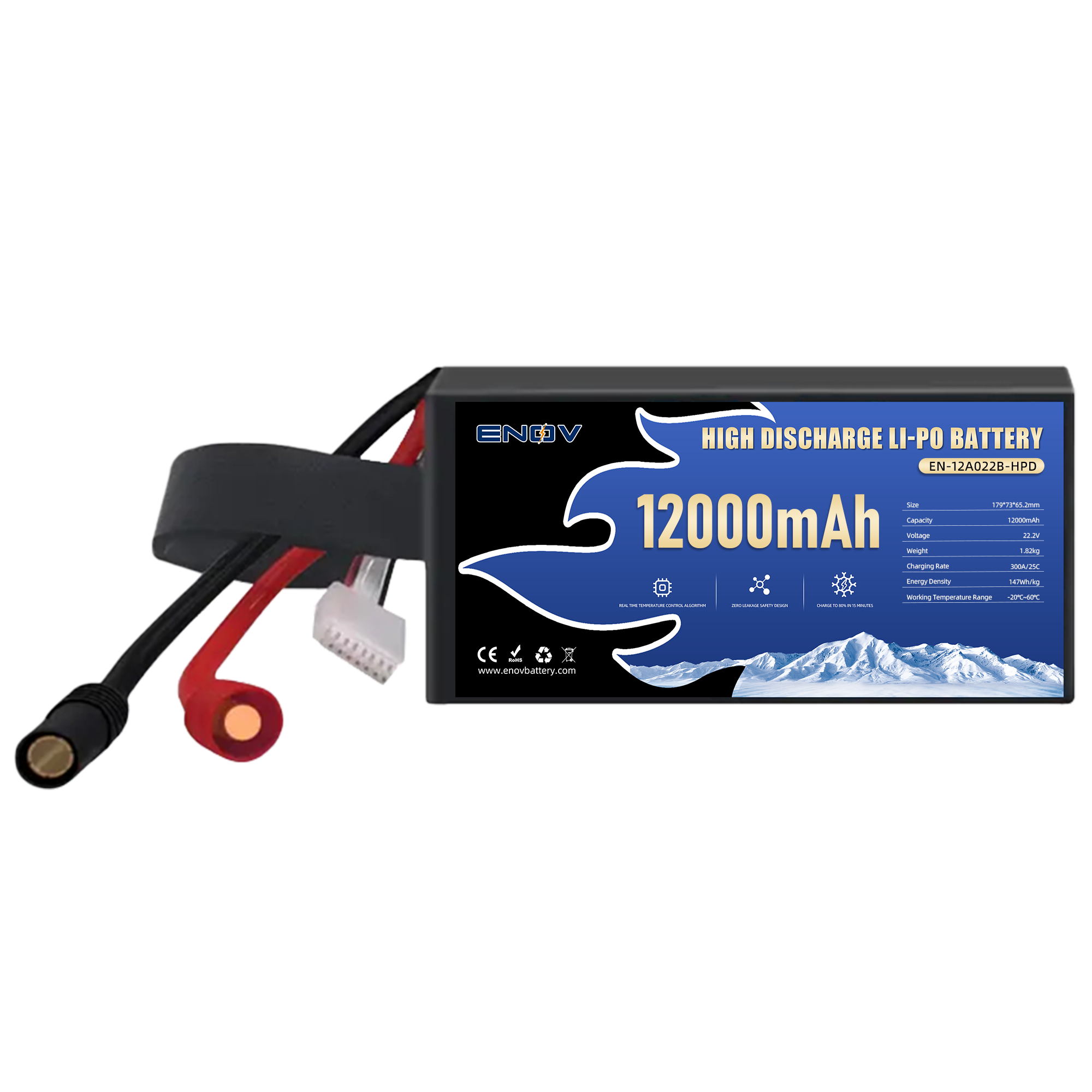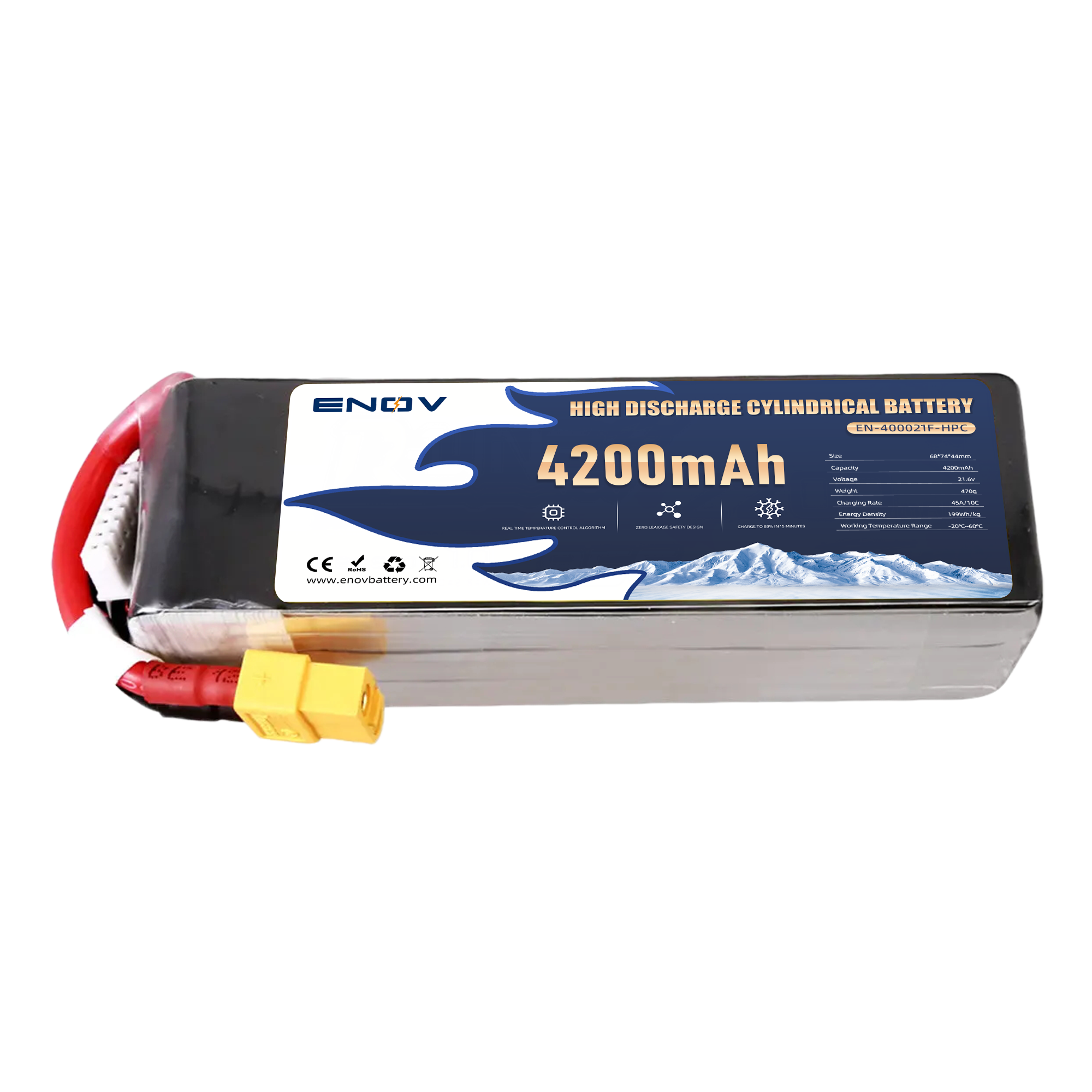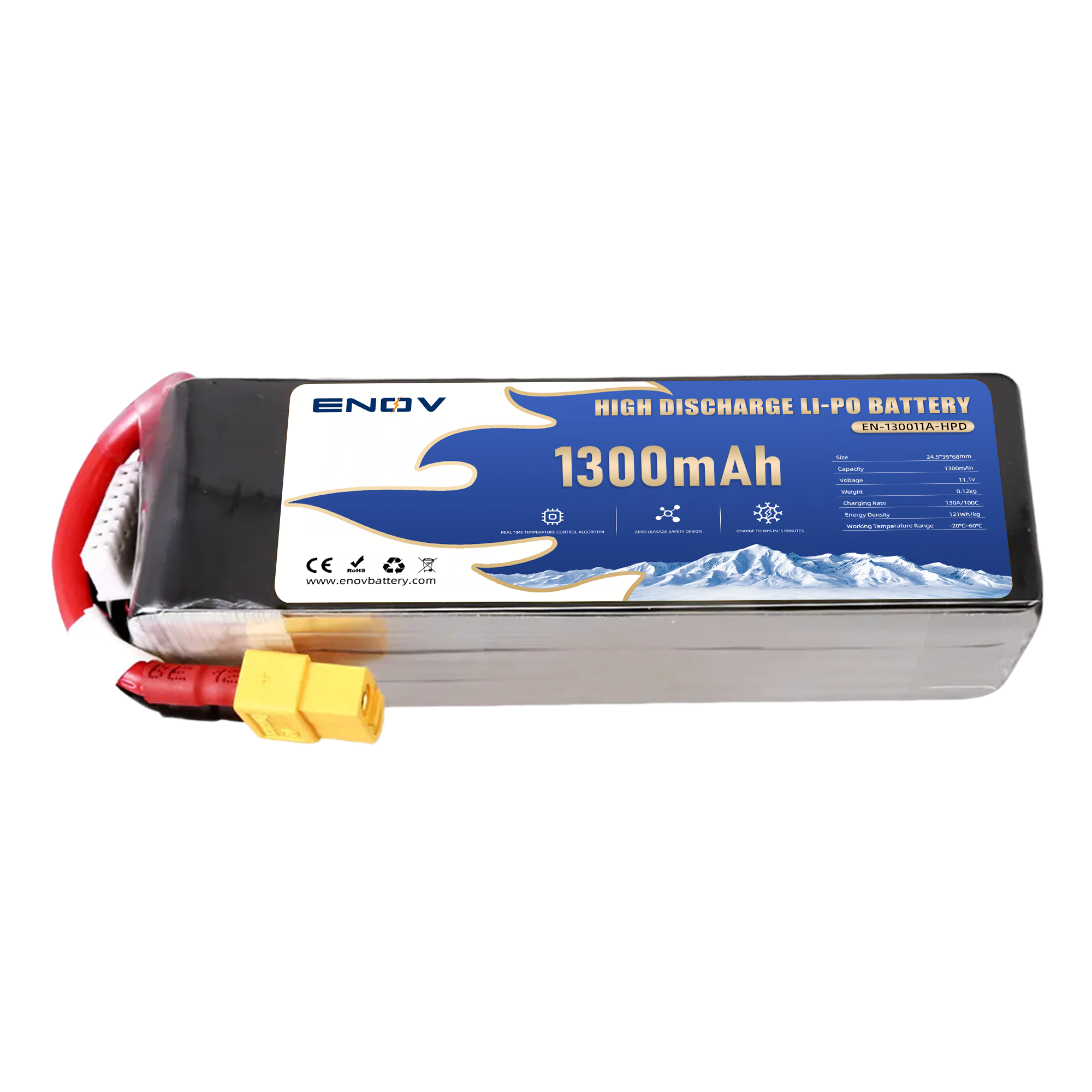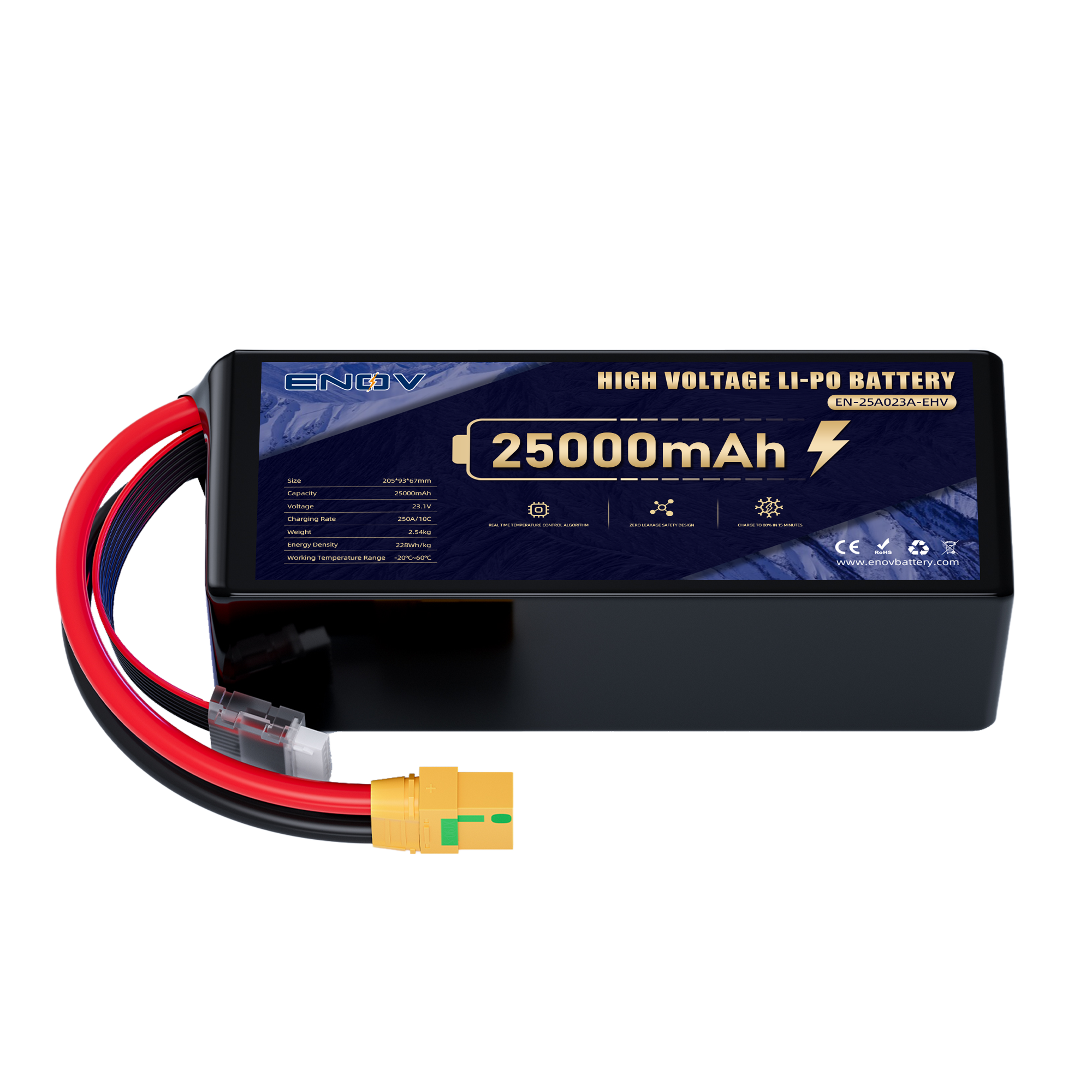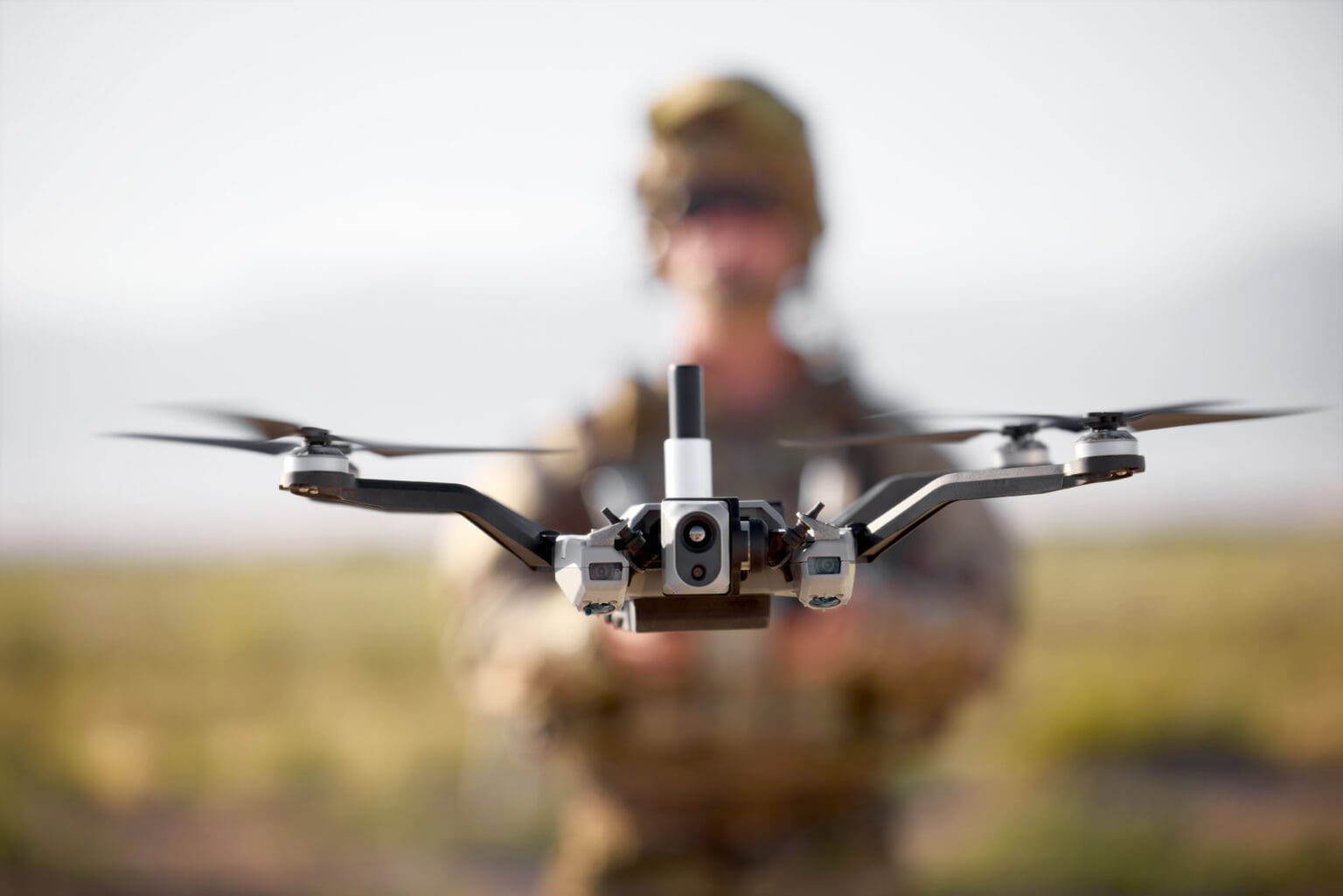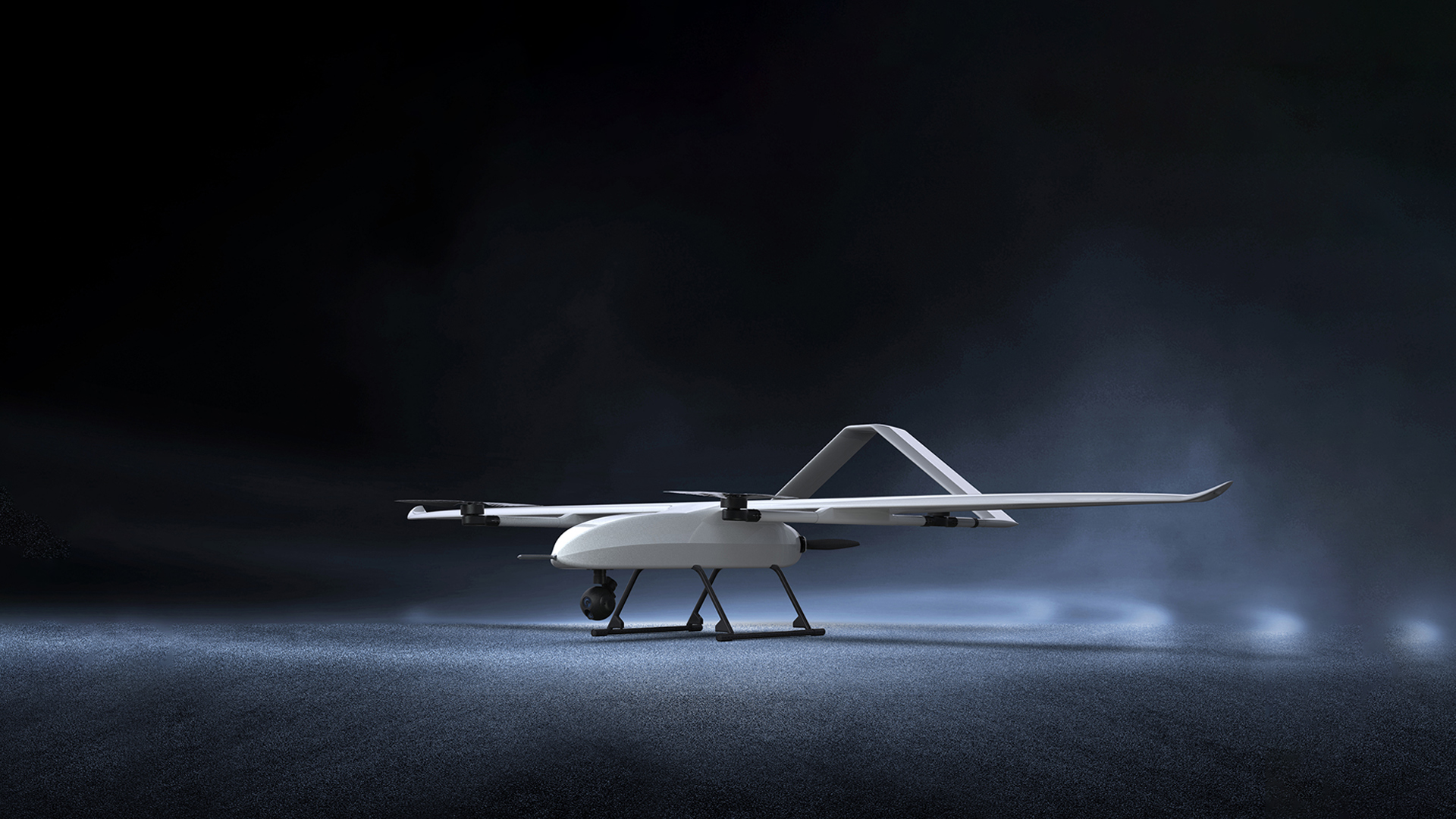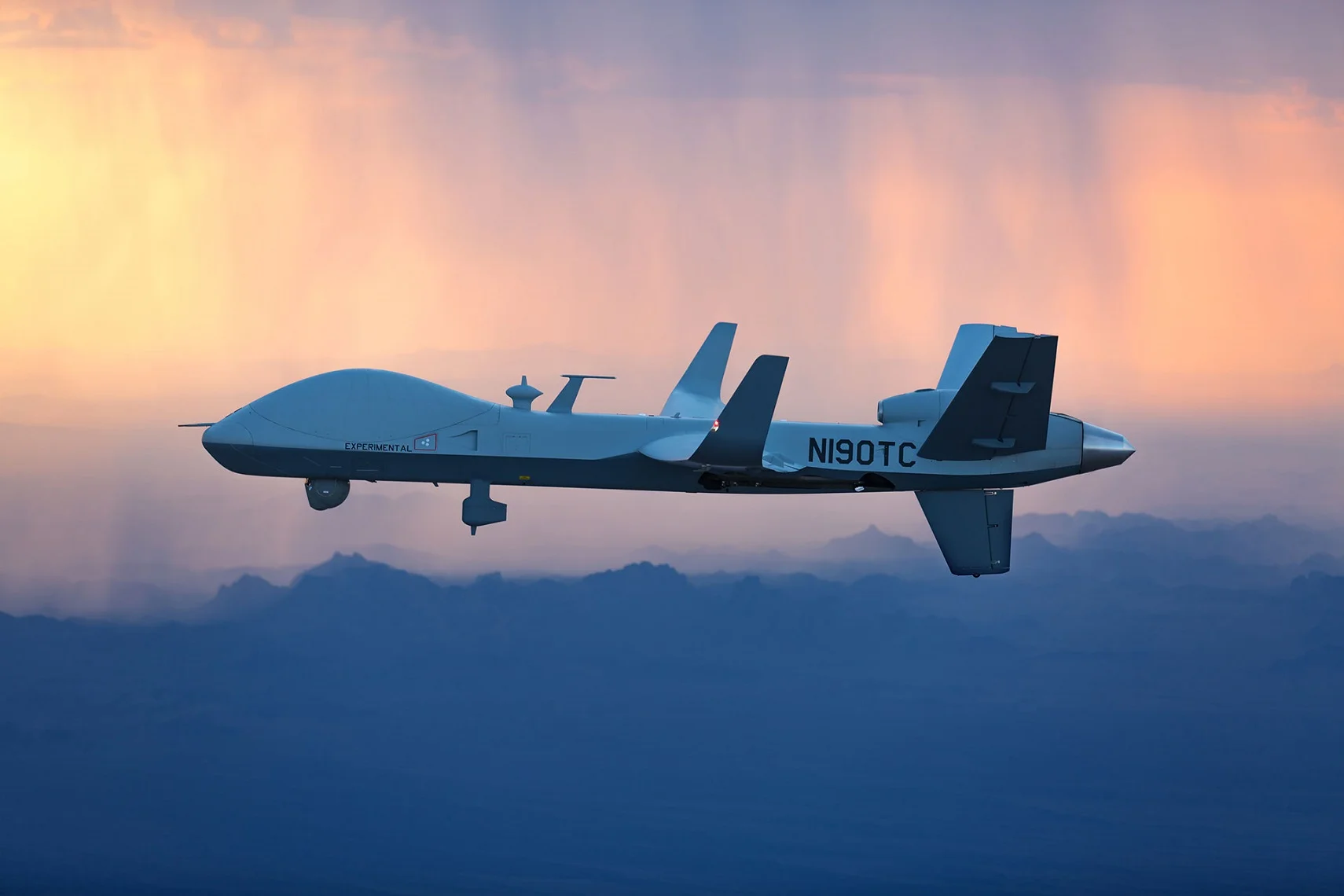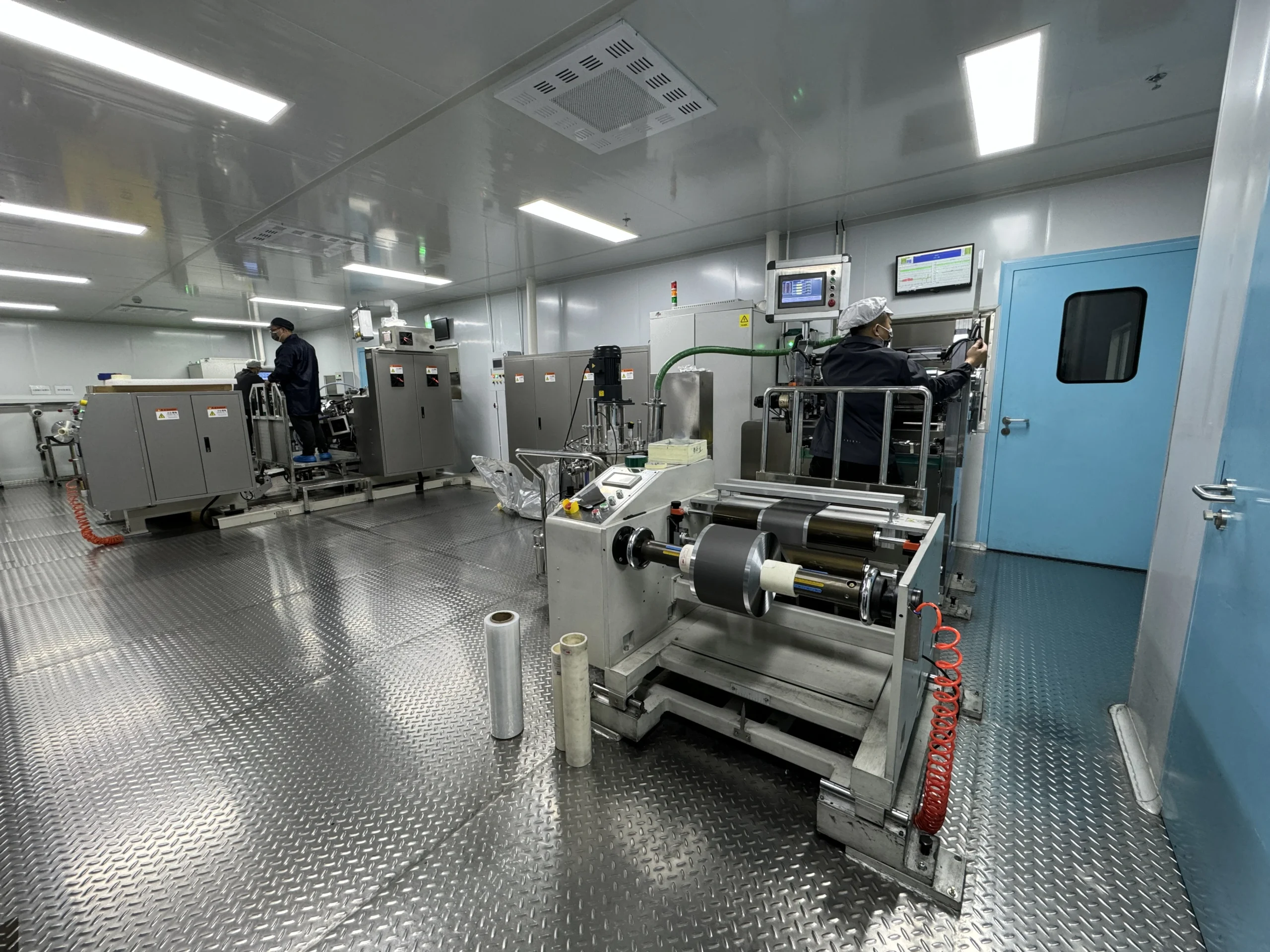Fail-Safe Mechanisms for Critical Scenarios: Ensuring Drone Safety and Operational Reliability
Fail-safe mechanisms for critical scenarios are essential safeguards in modern drone systems, designed to prevent catastrophic failures and ensure operational continuity. By integrating redundancy, real-time monitoring, and automated responses, these systems mitigate risks during emergencies like power loss, signal disruption, or environmental hazards. This article explains how fail-safe mechanisms protect drones, operators, and assets in high-stakes industrial, commercial, and emergency applications.
thrust
1. Redundant Systems: Backup Layers for Reliability
Fail-safe design begins with redundancy—duplicate components that activate seamlessly during failures. For example, drones often feature dual power supplies, backup navigation modules, and secondary communication links. If a primary battery fails mid-flight, a reserve battery takes over instantly, preventing crashes and enabling safe landings . Similarly, redundant GPS systems ensure uninterrupted navigation even if satellite signals drop, which is critical for drones in urban or remote areas .
Advanced redundancy extends to software. Flight controllers with parallel processing capabilities reroute tasks if a subsystem malfunctions, maintaining stability without human intervention . This layered approach ensures drones operate reliably in unpredictable conditions.
2. Real-Time Hazard Detection and Response
Proactive hazard detection is central to fail-safe mechanisms. Sensors monitor parameters like voltage, temperature, and altitude, while AI algorithms predict risks such as motor overload or obstacle collisions. For instance, if a drone’s thermal sensor detects overheating, the system automatically throttles power to cool components, avoiding fire hazards .
In critical scenarios like sudden wind gusts, drones leverage inertial measurement units (IMUs) and machine learning to recalibrate flight paths. These split-second adjustments prevent mid-air collisions or crashes, even during autonomous missions .
3. Emergency Protocols: Controlled Mitigation
When threats exceed predefined thresholds, fail-safe systems trigger emergency protocols. These include forced landings, return-to-home (RTH) functions, or controlled shutdowns. For example, if a delivery drone loses communication, RTH mode guides it back to base using pre-mapped coordinates, safeguarding both the drone and its cargo .
Similarly, payload release mechanisms activate if a drone’s weight limit is exceeded, preventing destabilization. Such protocols are vital for industrial drones carrying expensive equipment or hazardous materials .
4. Future Innovations: AI and Adaptive Fail-Safes
Emerging technologies like edge computing and neural networks are refining fail-safe mechanisms. AI models now simulate thousands of failure scenarios to optimize response strategies, while self-healing materials repair minor damages autonomously during flight .
Sustainability is also shaping fail-safe design. Energy-efficient protocols reduce power consumption during emergencies, and biodegradable components minimize environmental harm in crash scenarios . These advancements align with global demands for safer, eco-conscious drone operations.
Conclusion
Fail-safe mechanisms for critical scenarios are non-negotiable for modern drones prioritizing safety and reliability. By combining redundancy, real-time analytics, and adaptive responses, these systems neutralize risks before they escalate. For enterprises operating in high-risk environments, investing in intelligent fail-safe technology is a strategic necessity—ensuring mission success, asset protection, and regulatory compliance.
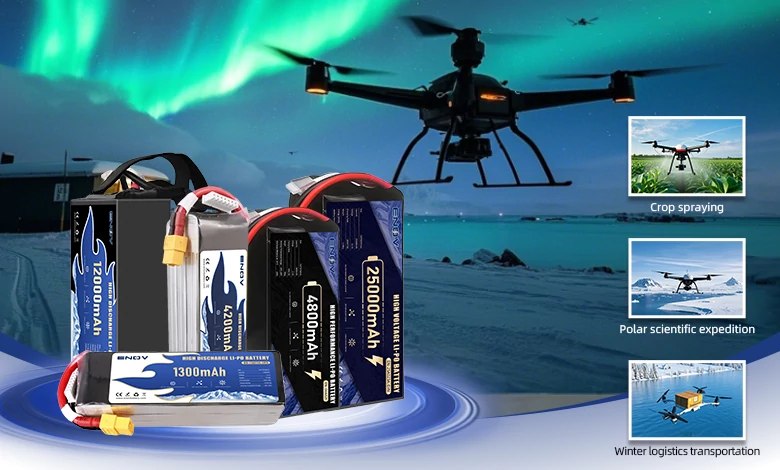
UAV DRONE battery
Enov UAV battery has the most advanced UAV battery new technology, it has a lightweight structural design, ultra-high energy density, stable continuous discharge, customized ultra-high instantaneous discharge, wide temperature working range, stable charge and discharge, battery materials can choose high nickel terpolymer positive/silicon carbon negative material system combined with semi-solid battery technology. Or choose a more mature application of more UAV lithium battery technology, available UAV battery nominal voltage 3.7V, capacity 18.0Ah ~ 30.0Ah, support 10C continuous discharge and 120C pulse discharge (3 seconds). With ultra-high energy density (220-300Wh/kg) as its core advantage, Enov UAV batteries can meet the needs of long-term endurance scenarios such as plant protection drones and transport drones, while maintaining stable emission performance in extremely low temperature environments (-40℃).
Other products
START-STOP LITHIUM BATTERY
LITHIUM ENERGY STORAGE BATTERY
QUICK INQUIRY
FAQ
Access to high frequency technical questions with one click, get accurate answers on product application, after-sales policy and customization process.
Service and Support
Get the latest product specifications, explore professional OEM/ODM customization services, click to open exclusive technical support and production solutions.
Become a Partner
We sincerely invite resources to interconnect, work together for win-win development, and immediately open a new chapter of strategic cooperation!
